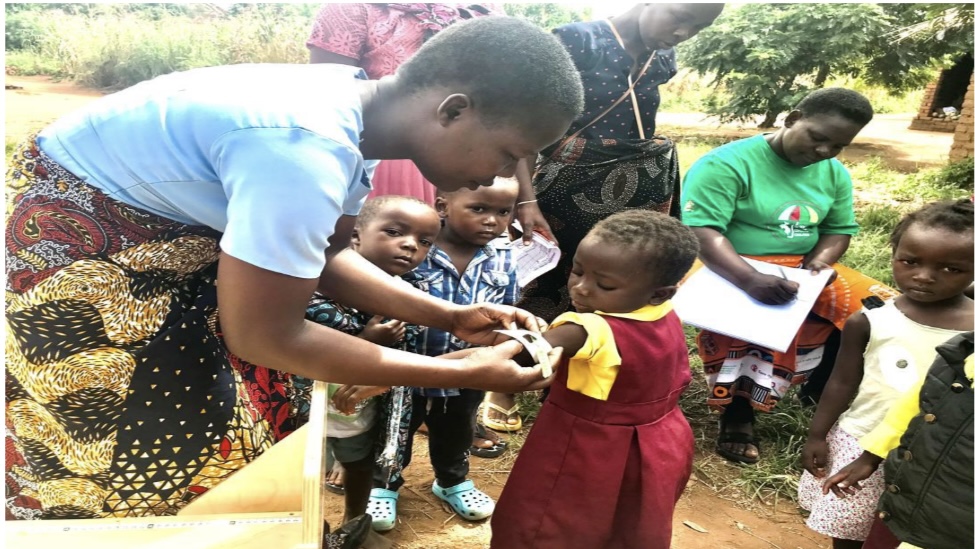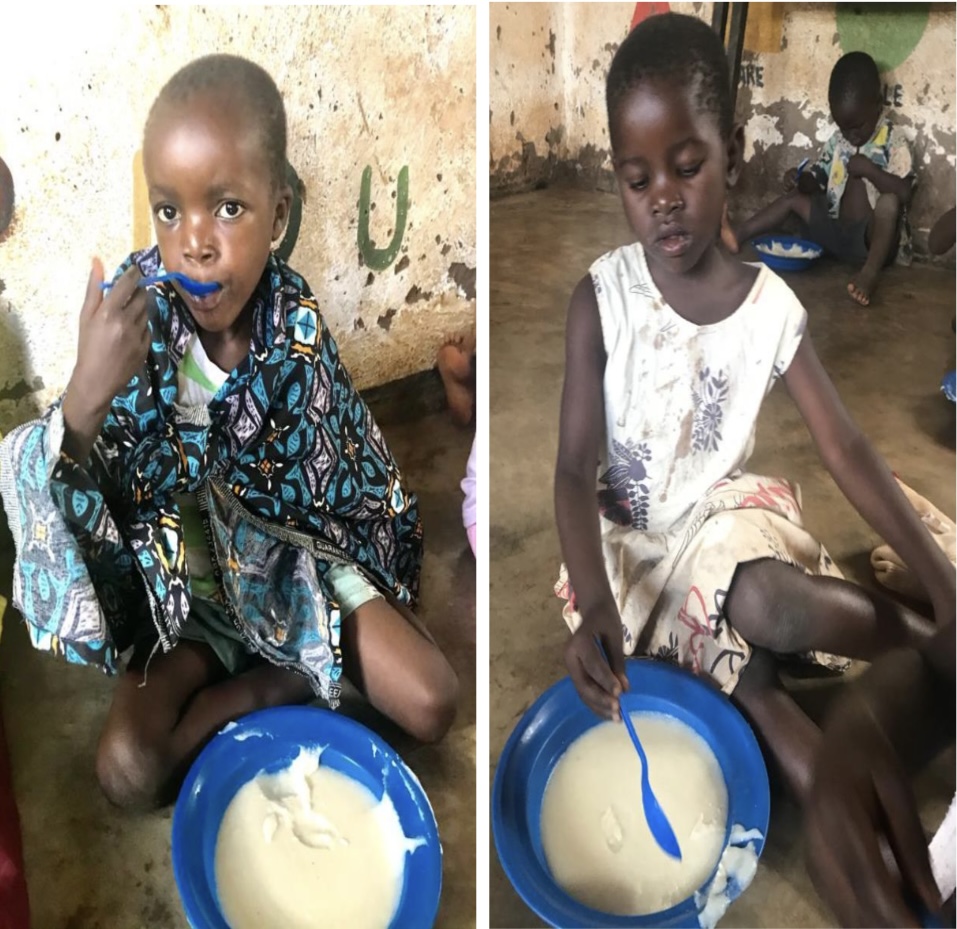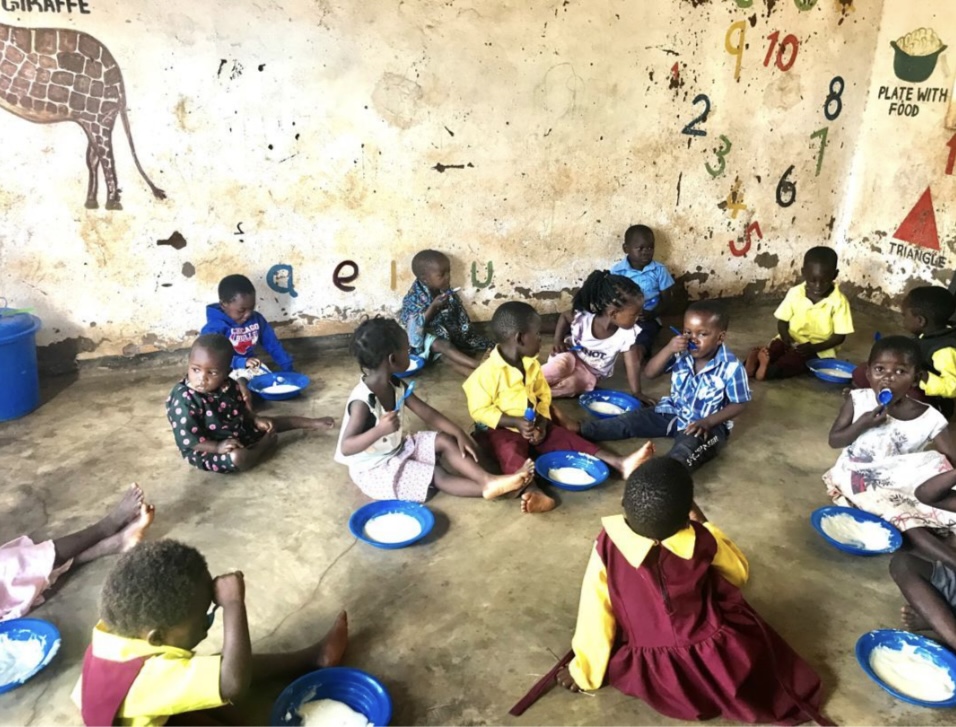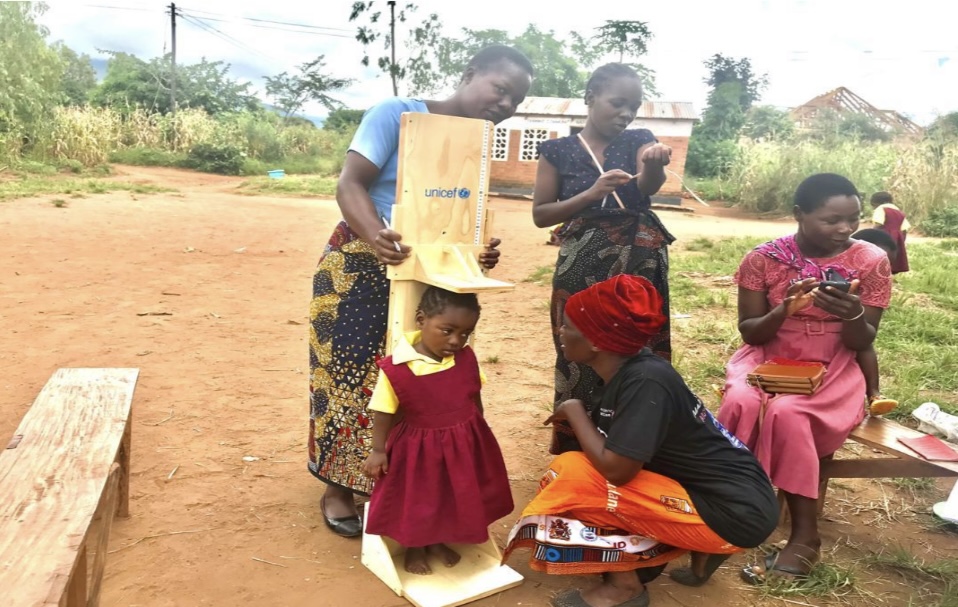Location: Tiyamike CBCC, Mtima Village- Zomba district, Malawi
Date: April 02, 2025
Latest Update on the Health and Nutritional Status of Children at Tiyamike Community-Based Childcare Center (CBCC) in Mtima Village, Traditional Authority NKagula in Zomba District.
Tiyamike Community-Based Childcare Centre (CBCC) currently supports 40 children, all of whom benefit from UVGI’s Nourish to Flourish program, made possible by your generous support.
During our February 2025 Growth Monitoring Exercise at Tiyamike Community-Based Childcare Centre (CBCC), 95% of the children were found to be in good health, while 2 children (5%) were diagnosed with moderate and severe acute malnutrition. These two children received immediate medical attention and food supplements from a local health facility.
We’re thrilled to report that, in our latest Growth Monitoring conducted on April 2nd, 2025, 100% of the children are now in good health, including the two previously malnourished children. This progress demonstrates the critical impact of consistent nutritional support. All of whom benefit from supported by UVGI’s Nourish to Flourish program.
Ongoing Challenges
Despite the positive outcomes, we continue to face key challenges:
- Nutritional Gaps: Lack of ingredients like groundnuts and soya in the children’s porridge reduces its nutritional value.
- Wider Hunger Crisis: Malawi is experiencing a hunger emergency affecting 5.7 million people, which threatens the wellbeing of children in our program.
Recommendations & Next Steps
- Improve Meal Quality: Incorporate essential ingredients like groundnuts and soya into children’s meals.
- Cooking Demonstrations: Organize parent/guardian training on preparing balanced meals using locally available foods.
- Household Support: Introduce targeted hunger-response interventions for families of enrolled children.
Sustainability Plans
- Short-Term: Purchase maize, groundnuts, and soya during this harvest season to reduce costs.
- Long-Term: Cultivate our own crops to reduce dependency on market purchases and ensure long-term food security.




